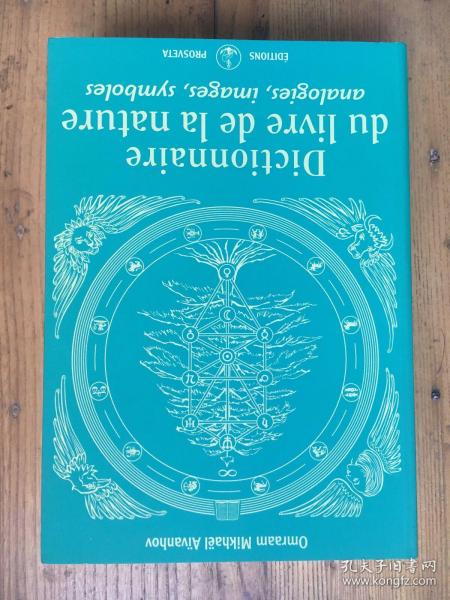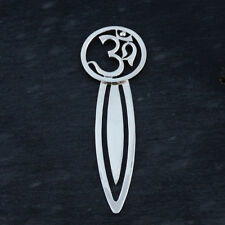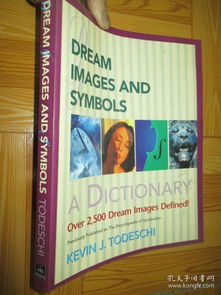
Images as Symbols: A Comprehensive Guide
Images have always been a powerful means of communication, transcending language barriers and evoking emotions that words alone cannot. In this article, we delve into the multifaceted world of images as symbols, exploring their significance, uses, and impact on various aspects of human life.
Historical Perspective

From ancient cave paintings to modern digital art, images have been used as symbols to convey messages, tell stories, and express ideas. The use of symbols in art dates back to prehistoric times, where early humans depicted animals, hunting scenes, and rituals on cave walls. These symbols served as a means of communication and record-keeping, as well as a way to express their beliefs and cultural practices.
Symbolism in Art

Artists have long used symbols to convey deeper meanings and emotions in their work. For example, the color red can symbolize passion, love, or danger, while the color blue may represent calmness, stability, or sadness. Artists like Picasso and Matisse have used symbols to create abstract works that challenge viewers to interpret their meanings.
Table of Common Artistic Symbols:
| Symbol | Meaning |
|---|---|
| Circle | Unity, infinity, wholeness |
| Triangle | Triumph, stability, the divine |
| Flower | Life, beauty, rebirth |
| Sun | Life, warmth, power |
Symbolism in Literature

Authors have also employed symbols to enhance the narrative and convey deeper themes in their works. For instance, in “To Kill a Mockingbird,” the mockingbird symbolizes innocence and the need to protect it. Similarly, in “1984,” George Orwell uses the symbol of Big Brother to represent the oppressive nature of totalitarian regimes.
Symbolism in Film
Films often use symbols to create a deeper understanding of the story and its themes. In “The Godfather,” the symbol of the horse’s head in a bed is used to convey the power and fear of the mob. In “Pulp Fiction,” the use of the Roy Orbison song “You’ve Got a Friend in Me” as a symbol of friendship and loyalty is a memorable example.
Symbolism in Advertising
Advertising relies heavily on symbols to create a lasting impression and convey a message. For example, the Nike “swoosh” logo is a powerful symbol that represents speed, power, and success. Similarly, the golden arches of McDonald’s are a universally recognized symbol of fast food and convenience.
Symbolism in Digital Media
With the rise of digital media, symbols have become even more prevalent. Social media platforms like Instagram and Twitter use symbols to represent different actions, such as the heart symbol for liking a post or the checkmark for verifying an account. These symbols help users navigate the platforms and understand the content at a glance.
Symbolism in Psychology
In psychology, symbols are used to explore the subconscious mind and the meanings behind our thoughts and emotions. Sigmund Freud, for example, used symbols to analyze dreams and uncover hidden desires and fears. Carl Jung also believed in the power of symbols and their role in understanding the human psyche.
Symbolism in Religion
Religions around the world use symbols to convey their beliefs and practices. The cross in Christianity represents the crucifixion of Jesus, while the crescent moon in Islam symbolizes the faith of Muslims. These symbols serve as a visual representation of the religious beliefs and values of their followers.
Conclusion
Images as symbols have a profound impact on our lives, influencing our perceptions, emotions, and understanding of the world around us. From ancient cave paintings to modern digital media, symbols continue to play a vital role in communication, art, literature, film, advertising, psychology, religion, and more. By recognizing and interpreting these symbols, we can gain a deeper understanding of the world and our place within it.





